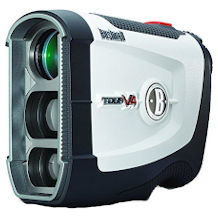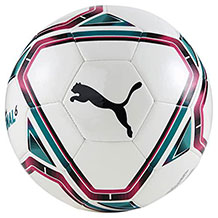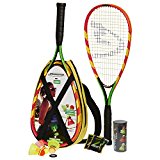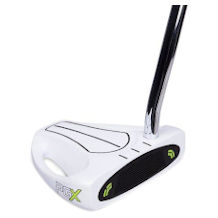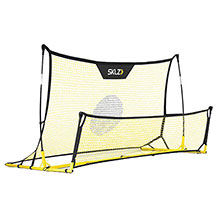Basketball hoop purchasing advice: how to choose the right product
- What you need to know
- Basketball hoops let you play at home – no need to find a public court.
- Wall-mounted basketball hoops let you play against the outside walls of your house or garage.
- There are also models that come with a stand. They either have a weighted base or need to be anchored to the floor.
- Models with stands are height-adjustable, up to competition height.
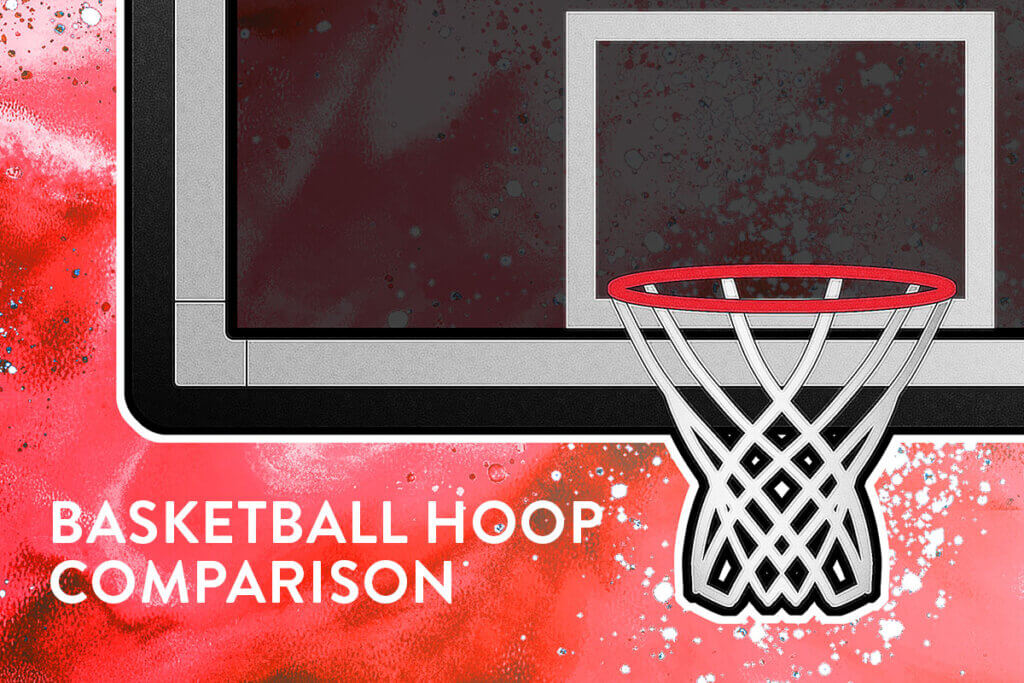
Playing whenever you want
Basketball is one of the most popular sports, with over 800 million fans worldwide. People love it for the combination of skill and athleticism, and a lot of fans love to play in their spare time. While some people enjoy playing at club level, a lot of people just enjoy shooting some hoops alone or with friends.
If you want to play basketball, you’ll usually have to find a public court. Depending on where you live, this might not be possible, or the courts may also always be very busy. Having your own hoop at home can help solve these problems, as you will be able to shoot hoops whenever you want.
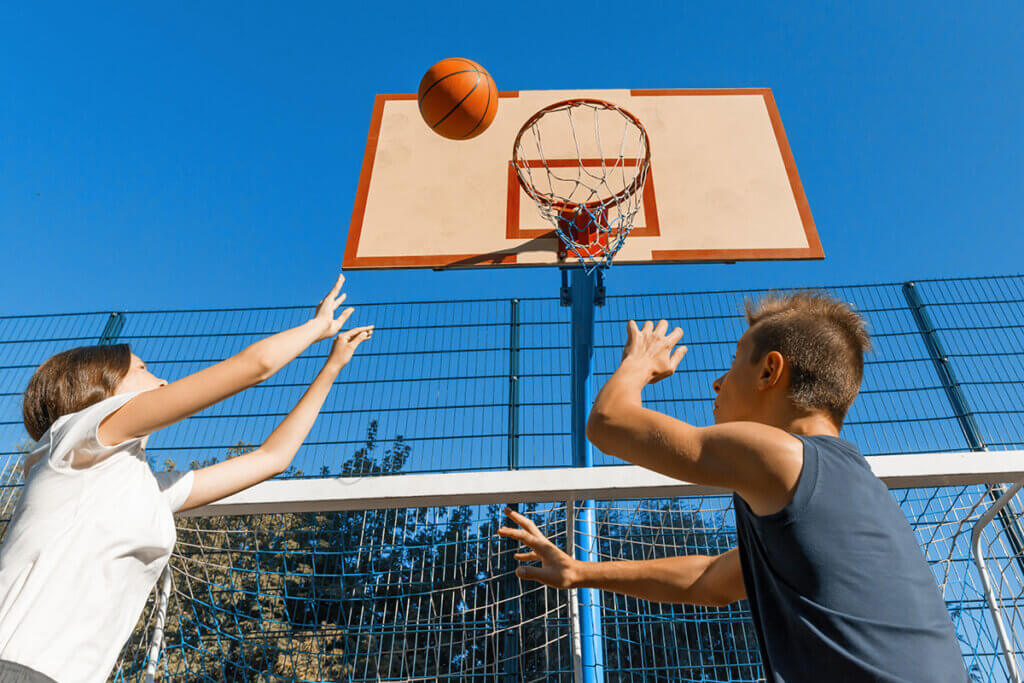
How are basketball hoops built?
To play basketball, you only really need one thing: a hoop. This is attached at a 90-degree angle to a wall or a backboard. Along the hoop there are usually about 12 loops which you can hang a net from.
Types of basketball hoop
The different types of home basketball hoop can be categorized by how they are mounted. Some have a stand, while others can be installed on a wall. Hoops with stands either have a weighted base, or they need to be mounted directly into the ground. Wall-mounted hoops can come with or without a backboard. One exception is mini basketball hoops – these are designed for kids or for fun in the office.
Hoops with stands
Basketball hoops with stands consist of a hoop mounted to a backboard which is attached to a stand. This stand is height-adjustable, and either needs to be fixed into the ground, or will come with a weighted base.
Ground-anchored basketball hoops (sometimes known as in-ground hoops) are extremely robust and stable. However, installation requires some effort. Likewise, once it is in place, it takes a lot of effort to remove it.
If you’re looking for something more mobile, a hoop with a weighted base is a better option. The stand sits on a heavy base that is filled with sand or water to provide the necessary stability. A lot of these models have wheels to make them easier to move. This means that once you’re done playing you can put your hoop back in your garage to protect it from the elements. Installation is of course much easier too – no need to drill holes in the floor or in a wall.
Wall-mounted hoops
This style of hoop either fastens to the wall directly or via a backboard. Wall-mounted hoops with backboards are a great option if your wall has an uneven surface. You can even mount them to trees!
Bouncing the ball off the backboard is one of the fundamental techniques in basketball. For example, simple layups need a backboard or a flat wall. When the ball bounces off the backboard, it doesn’t lose its spin and maintains its trajectory.
Basketball hoops without backboards can also be screwed into walls. The basketball will bounce differently compared to a backboard, especially if your wall isn’t super smooth. If you go for one of these models, then make sure the wall you put it on is smooth.
Wall-mounted basketball hoops are cheap, but for this financial benefit you do lose the flexibility of being able to adjust the hoop height.
Buying tips
A basketball hoop is only as good as its mounting. In other words, the stand or mount are as important as the hoop itself.
What does a good hoop look like?
According to the official guidelines used in pro league courts, regulation hoops measure 18 inches (46cm) in diameter. However, for home hoops, rims often measure between 17 and 19 inches (43-48cm).
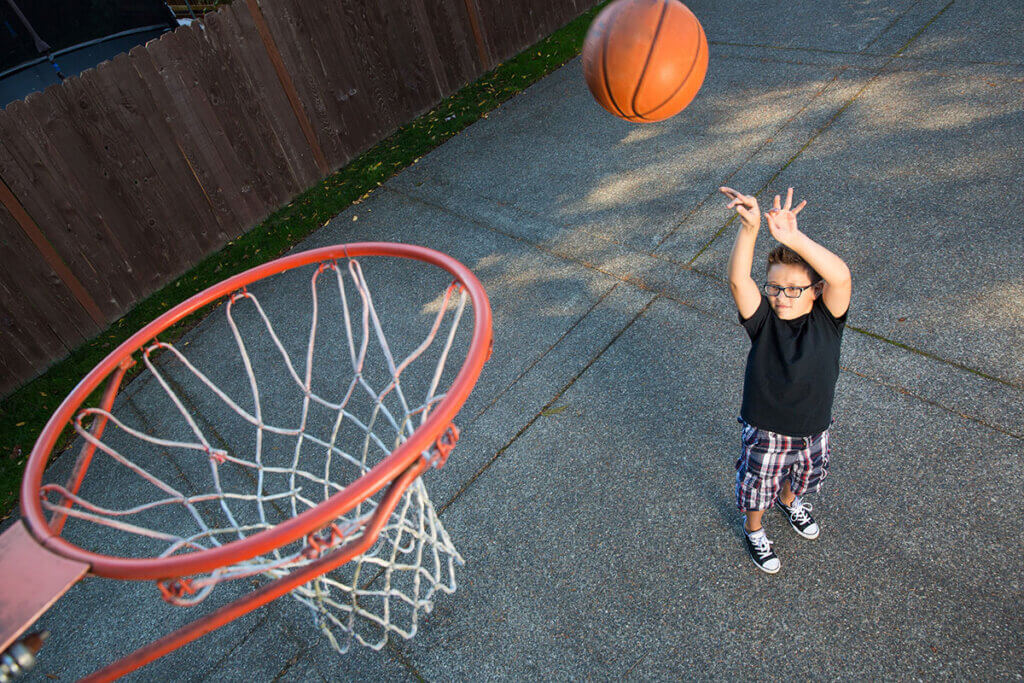
The hoop and net materials are much more important than the diameter. Hoops are usually made of metal tubing. Thinner hoops are less durable, so we recommend going for a steel hoop that’s at least half an inch (16mm) thick. This thickness should be able to withstand a considerable amount of stress – nobody wants their hoop to bend or break when they are dunking.
Another useful thing to look out for is a weather-resistant paint or powder coating. This will prevent the hoop from rusting. This is especially important for wall-mounted hoops or ones with permanent stands as they stay out in the elements all the time.
Nets are usually made from polyester or nylon, the latter of which is extremely weather-resistant. Some nets are made from galvanized steel, which is also extremely resistant to snow and rain. However, metal nets are very loud compared to their nylon cousins, so they are best avoided if you have noise-sensitive family members or neighbors.
Irrespective of their mounting method, the best hoops have a double compression spring. Having suspension is particularly important for dunking. Baskets with suspension compress down an inch or so and then spring back up again when released.
Backboard dimensions
Just as with hoops, there are strict guidelines for pro backboard dimensions. Regulation backboards are 6 feet (183cm) by 3.5 feet (107cm). Backboards also have a smaller rectangle marked above the ring. This serves as a guide and can help beginners improve their accuracy. The rectangle should be 24 inches wide and 18 inches long (61 x 45cm).
Home set-ups don’t need to follow professional regulations. So long as you have a hoop that lets you practice different techniques and play one-on-ones or two-on-twos you will be fine. For this, the backboard should be at least 3 feet wide (100cm) – any smaller, and it can become tricky to shoot from certain angles. A lot of manufacturers offer 4 by 3 feet backboards (120 x 80cm).
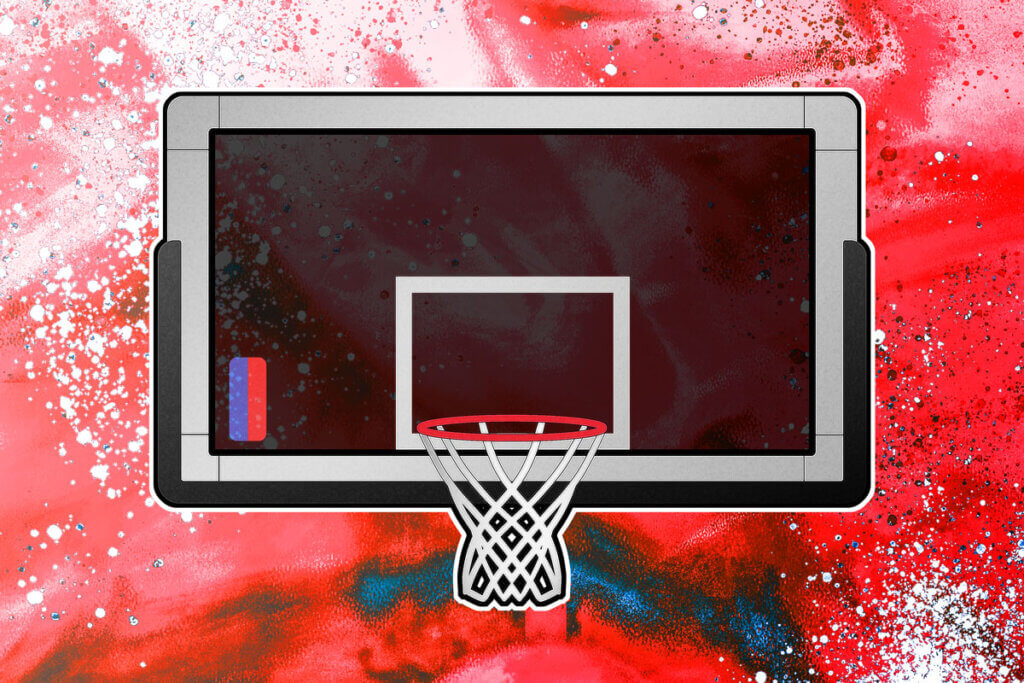
Backboard materials
The type of material used for a backboard impacts how the ball behaves upon impact. If the backboard is made using the right materials, experienced players can shoot in a way that causes the ball to perfectly bounce back into the hoop. Acrylic, tempered glass, polycarbonate, and polyethylene are the most common backboard materials.
Acrylic, also known as Plexiglass, is a heat-resistant plastic. Basketballs rebound well on acrylic, which means it is a popular backboard material. The material is great at converting spin into a change of direction, so you can shoot against the backboard and make the ball bounce into the hoop.
Tempered glass is the most expensive type of backboard material on the market. It is also the highest quality and the most durable of all backboard materials. It has the same properties as safety glass when smashed, and the same properties as acrylic glass when a basketball bounces off it. Due to its price, it tends to only be used for pro-level backboards.
Polycarbonate is also a commonly used backboard material. Compared to acrylic or tempered glass, the plastic doesn’t have the same rebound properties – basketballs don’t bounce back as much.
Polyethylene is also sometimes used for cheaper backboards. It is the least expensive of the materials mentioned here but is also the worst to play on, as balls don’t bounce back much from it.
Stands
A good basketball stand should be stable and sturdy. Single-piece metal stands tend to be stronger than stands made from multiple pieces – these can get wobbly especially around where the parts join.
The biggest advantage of a basketball hoop with a stand compared to a wall-mounted one is that you can adjust the hoop height. Regulation height is 10 feet (3m), which can be too high for children and beginners. Most stands are height-adjustable, sometimes down to as low as 6.5 feet (2m). As you improve, or your children grow taller, you can always increase the height.
Height-adjustable stands are usually made from two or three poles. These can be extended a bit like a telescope so you can adjust the height of the hoop. This design is common on inexpensive hoops.
Alternatively, you can get models which extend via the hoop. They have one pole that the backboard locks into, which means they are very sturdy. To adjust the height, you have to unlock the backboard from the stand.
Some models have a second bar behind the stand. This has a handle on it which you can use to adjust the basket height. To do this, you have to press a button to unlock the backboard – releasing the button re-locks it in place.
While they are relatively uncommon, you can also get pneumatic stands. They work using hydraulic pressure. Unlike the previously mentioned adjustment systems, these are stepless. This means the basket moves smoothly up and down, and can be locked into place wherever you want it.
Stand bases
A strong stand is useless without a sturdy base to counterbalance it. Bases are essential for mobile basketball hoops. The size of a base is measured by volume. Smaller models hold around 12 gallons (50L), whereas larger ones can hold up to 50 gallons (190L). The larger the bass volume, the more stable the stand. Having a heavy base is extremely important if you have a heavy metal stand.
Water or sand can be used to fill the base. Sand is more expensive, but weighs more. If you go for water, it’s a good idea to put a bit of antifreeze in there to protect it in colder weather. Since large stands are difficult to move, most manufacturers include wheels on them. This makes them easier to reposition.
The best place to put a hoop
The best place to put your hoop, and whether you should go for a stand or a wall-mounted model, entirely depends on your own property. If you don’t have a suitable wall, go for a model with a stand. This said, you will also need somewhere with enough space to play a game and not just shoot. To be able to properly dribble and play, you’ll need an area of around 300 square feet (30m²).
The playing surface is also important. You need a solid surface if you want to dribble. Softer surfaces like grass are only really good for shooting practice.
Image 1: © FinalCheck | Image 2: © Valerii Honcharuk / stock.adobe.com | Image 2: © Mat Hayward / stock.adobe.com | Image 3: FinalCheck

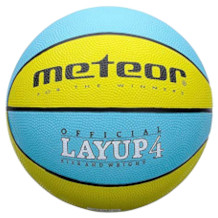
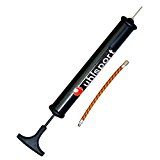

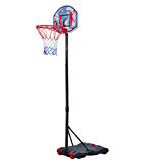
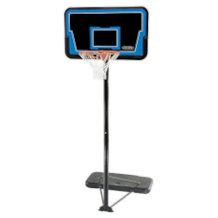
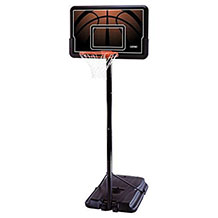
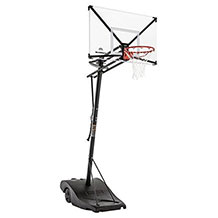
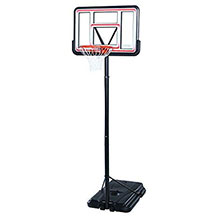
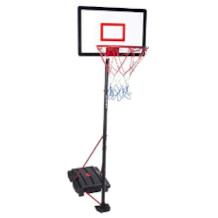

 3,301 reviews
3,301 reviews


